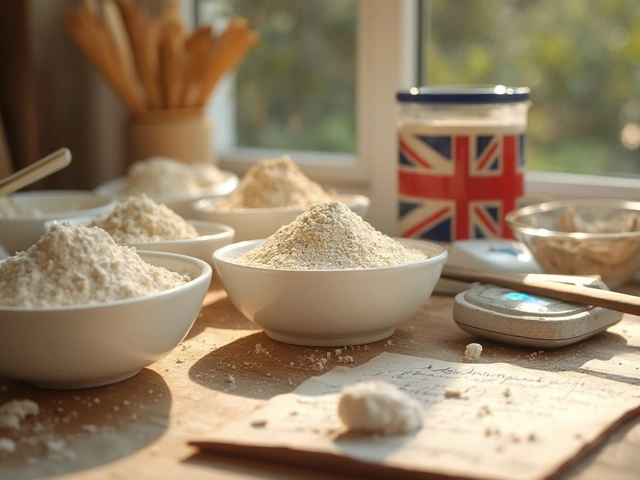Fudge Making: Simple Steps, Common Mistakes, and Rescue Ideas
If you’ve ever tried to whip up a batch of fudgy goodness and ended up with a grainy mess, you’re not alone. Fudge is forgiving, but only when you get the basics right. Below you’ll find clear, no‑nonsense steps to nail the perfect texture, plus quick fixes for when things go sideways.
Essential Tips for Perfect Fudge
Start with the right sugar‑to‑fat ratio. Most classic recipes use 2 cups of sugar, 1/2 cup of butter, and 1 cup of milk or cream. This balance gives the fudge its smooth, melt‑in‑your‑mouth feel.
Heat matters. Bring the mixture to a steady boil, then lower the heat and let it simmer for about 5 minutes. Use a candy thermometer and aim for 236‑240°F (soft‑ball stage). If you don’t have a thermometer, the “cold‑water test” works: drop a small spoonful into ice water; it should form a soft ball.
Stir correctly. Once you reach the right temperature, remove the pan from the heat and let the fudge sit for a minute. Then stir gently but continuously until it thickens and loses its glossy shine. Over‑stirring can cause graininess, while under‑stirring leaves a runny mess.
Butter and vanilla are your friends. Add a tablespoon of butter and a splash of vanilla extract right before the final stir. They improve flavor and help smooth the texture.
Set it right. Pour the fudge into a greased or parchment‑lined pan, spread it evenly, and let it cool at room temperature. Avoid the fridge until it’s firm; the sudden chill can cause cracks.
Saving a Batch That Went Wrong
Grainy fudge? That usually means the sugar crystals re‑formed. You can rescue it by gently reheating the batch to the soft‑ball stage, then whisking in a little extra butter or cream. This re‑emulsifies the sugar and yields a smoother result.
Too soft or runny? Keep cooking it a few minutes longer, watching the temperature closely. If it still won’t set, mix in more powdered sugar—about a tablespoon at a time—until the consistency thickens.
Gloopy or overly thick? Turn it into a dip or sauce. Warm the fudge gently, thin it with milk or cream, and drizzle over ice cream, pancakes, or fresh fruit.
And if you’re really stuck, get creative. Crumble the failed fudge into brownies, use it as a filling for cupcakes, or roll it into balls and coat with crushed nuts or cocoa powder. The blog post "What to Do With Failed Fudge: Rescue Treats, Tips & Creative Ideas" dives deeper into each of these fixes, offering step‑by‑step guides and flavor variations.
Remember, fudge is all about temperature, timing, and a little patience. Follow the basics, keep an eye on the heat, and don’t be afraid to repurpose a mishap into a brand‑new treat. Happy fudging!





